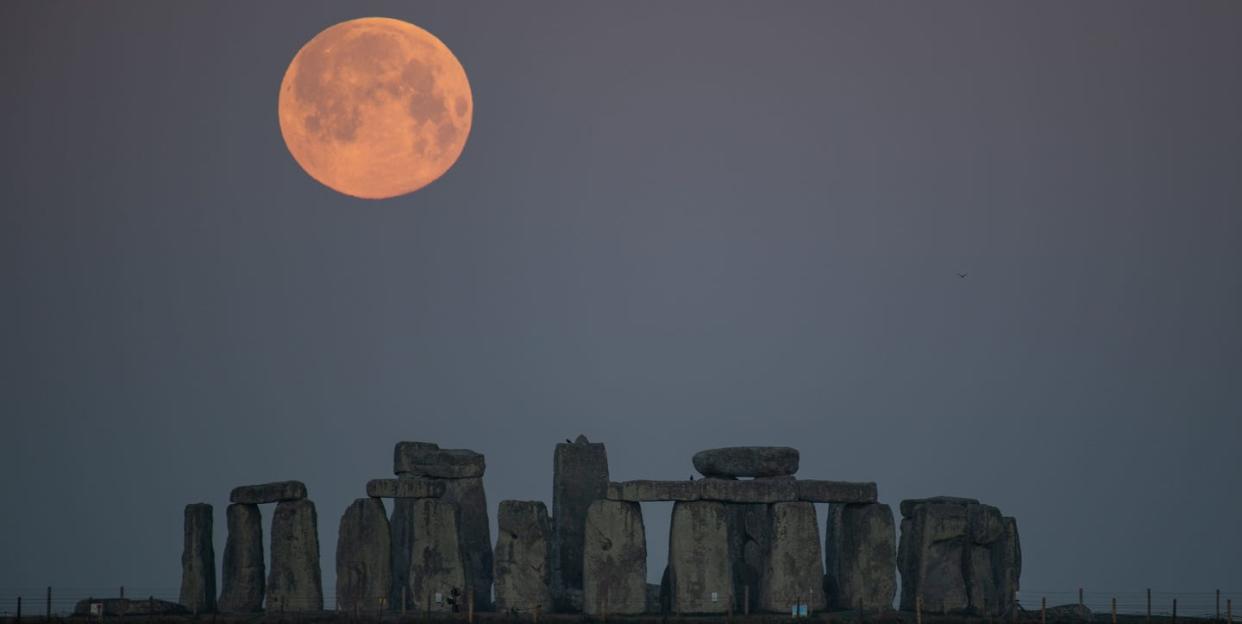Harvest Moon 2024: When is it and how to see it

The Harvest Moon, the second of four supermoon full moons in 2024, will light up the sky on 18th September. From our vantage point, the moon will appear to glow 14% bigger and 30% brighter.
With the skies darkening earlier but before the temperature dips into single digits, this is an especially good time of year for stargazing. Keep reading for everything you need to know about September's Harvest Moon...
When can we see the Harvest Moon?
"The Harvest Moon is a name given to the full Moon that occurs in September. In 2024, the moment when the Moon will be at its fullest will occur at 03:34 on the 18th," Anna Gammon-Ross, Royal Observatory Greenwich Senior Astronomer, tells Country Living.
"The Moon will be visible from the UK at this time having risen at 19:06 the evening before (17th September). The Moon will travel across the sky from east to west throughout the night before setting at 06:53."

Why is it called a Harvest Moon?
"The name 'Harvest Moon' has been used for a very long time, possibly first arising from Native American tribes, and published in the Old Farmer's Almanac," says Anna.
"This system gives each full Moon a name which corresponds to characteristics or activities of each particular month. When the Harvest Moon is in the sky it's time to harvest crops, such as corn – which is another name sometimes used for September's full Moon, 'Corn Moon'."
What is a supermoon?
A supermoon is the result of a full Moon occurring when the Moon is near its closest point to the Earth in its orbit. A supermoon appears larger and brighter, being more visible in the sky.
"This can happen because the Moon orbits the Earth on an elliptical path, rather than a circular one. As a supermoon means that the Moon is a little closer to us, it will appear slightly bigger in the sky," continues Anna.
"The apparent difference between the size of the full Moon at its closest and farthest points is only around 14% and, although if you were on the Moon, its brightness wouldn't change, being that bit closer, it also overall appears to be around 30% brighter to us here on Earth. Both of these differences are hard to notice without side-by-side comparison.
"The average distance of the moon from the Earth is 384,400km, but the Moon will reach its closest point this lunar month on the 18th September at 13:26, when it will be 357,284 km away. The exact moment of the full Moon closest to this point (so the supermoon) is also on the 18th September, just roughly 12 hours before."
You Might Also Like


